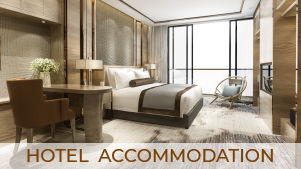Corner kitchens
The popularity of corner kitchens is due to the desire of consumers to use kitchen space efficiently and effectively. This trend has become especially noticeable after the widespread proliferation of studio apartments, in which the full kitchen is replaced by a limited kitchen area.
Types of corner kitchens
Depending on the layout, the following types of corner kitchens can be distinguished:
- with wardrobes and side tables located along 2 perpendicular walls;
- corner fittings with a peninsula;
- corner sets with a bar.
By the type of corner, kitchens can be with right and beveled angles. This factor depends on the layout of the kitchen space in the room.
Of great interest to consumers who purchase kitchen furniture for the first time (people 20-35 years old) are kitchens with built-in technical equipment - lighting elements inside cabinets, illumination of the working area, household waste grinders, etc.
Popular are models with a non-standard design of the corner section - retractable and swivel elements, folding fronts, etc.
Corner kitchen production
Due to the availability of high-quality fittings and materials, the production of corner kitchens can be carried out not only by giant companies, but also by small factories and workshops, which have been assigned the code 31.02 (36.13) by OKVED.
The most popular are modular kitchens and headsets made to order according to an individually developed project. Small businesses have an advantage here, because able to quickly adapt to changing consumer preferences.
Some manufacturers specializing in small-scale production rely on their own online stores with a simulation function, with the help of which the client can independently create a headset project and issue an application for its production. This simplifies the interaction between the manufacturer and the consumer and avoids resorting to intermediaries, as a result of which the final cost of the product is reduced.
Corner kitchens: requirements for manufacturers
Corner kitchen manufacturers must ensure that their products meet a number of requirements:
- security. In production, only safe and environmentally friendly materials should be used that are incapable of harming human health;
- reliability. Corner kitchens must be resistant to moisture, high temperatures, household detergents, regular operating loads, etc .;
- functionality. Finished products should be comfortable, ergonomic and satisfy all the basic needs of the consumer;
- aesthetic appeal. The design of modern kitchen furniture must meet the requirements of the times and the expectations of the consumer.
The materials used in the production of kitchen furniture include: chipboard (chipboard), fiberboard, veneer, MDF, solid wood, artificial and natural stone, as well as some types of plastic and metal, glass, etc.
Particular attention is paid to the use of safe wood-based panels - chipboard, fiberboard, laminated chipboard and MDF with a reduced formaldehyde content (emission classes E0 and E1 according to GOST 10632-2014).
More about production, types, requirements for manufacturers of corner kitchens can be found at the annual exhibition Mebel.

